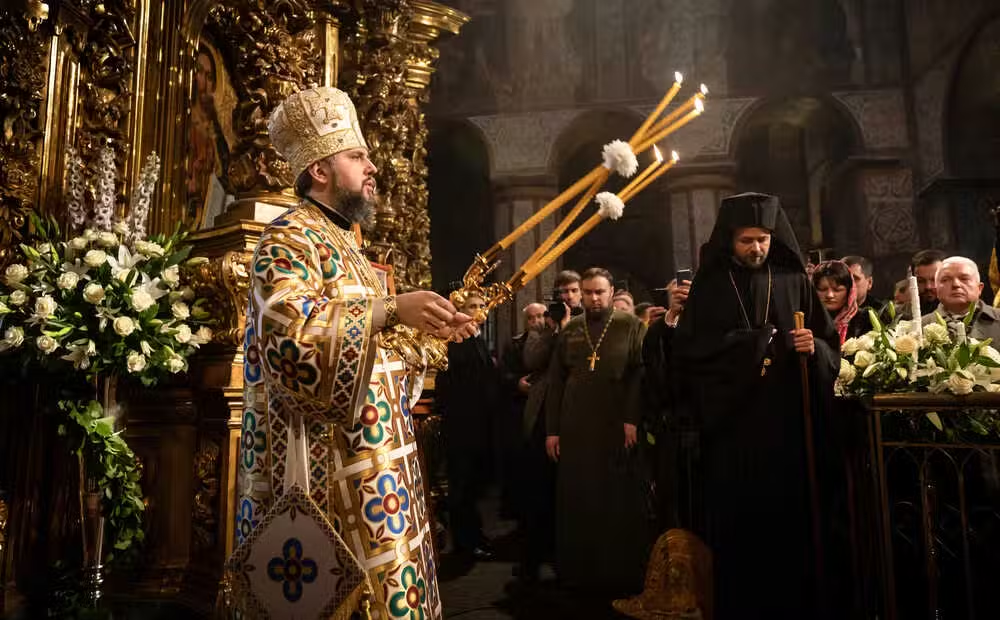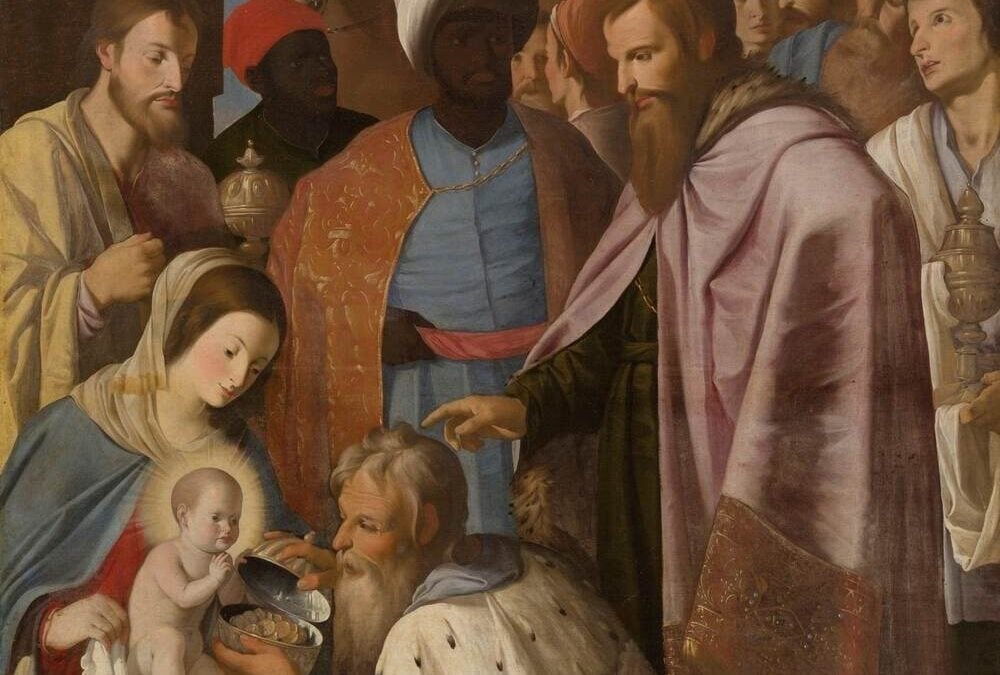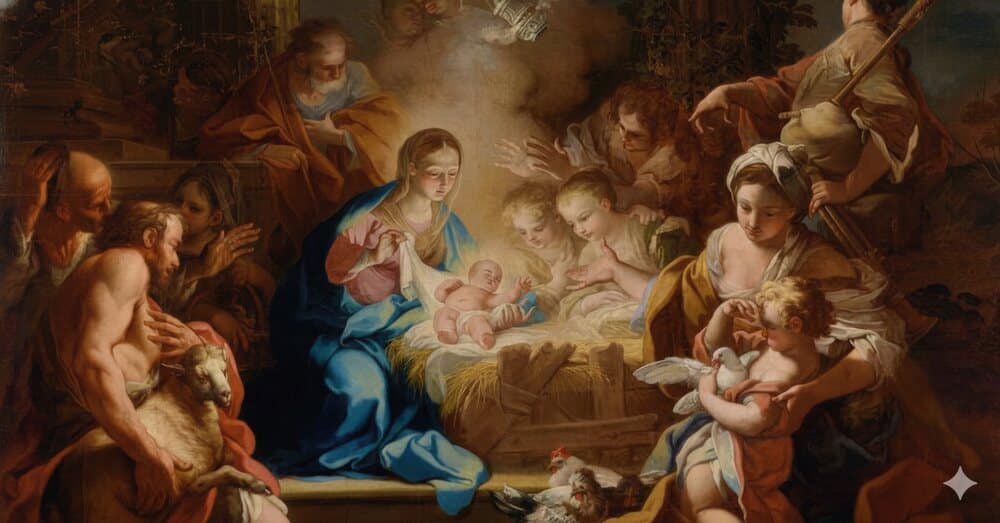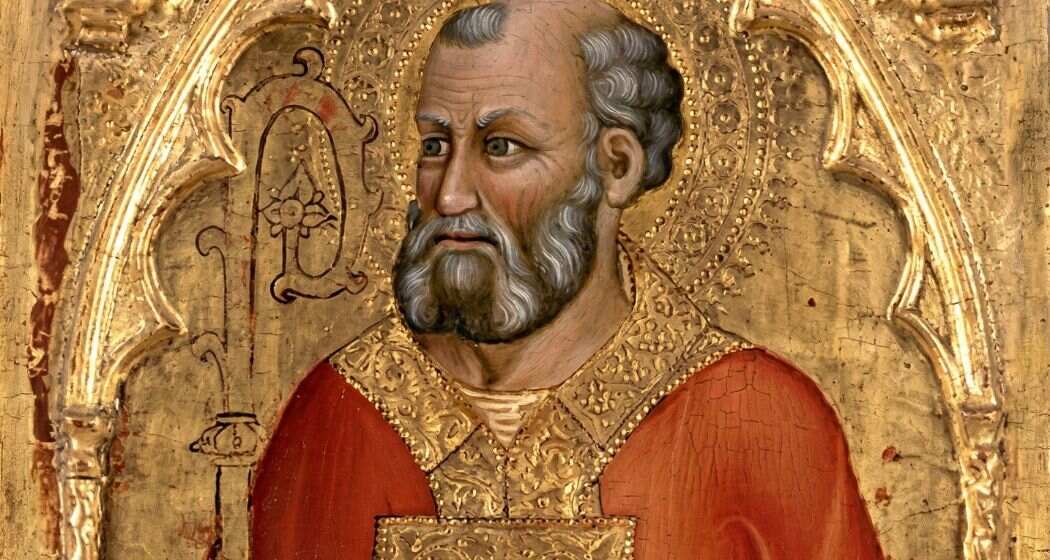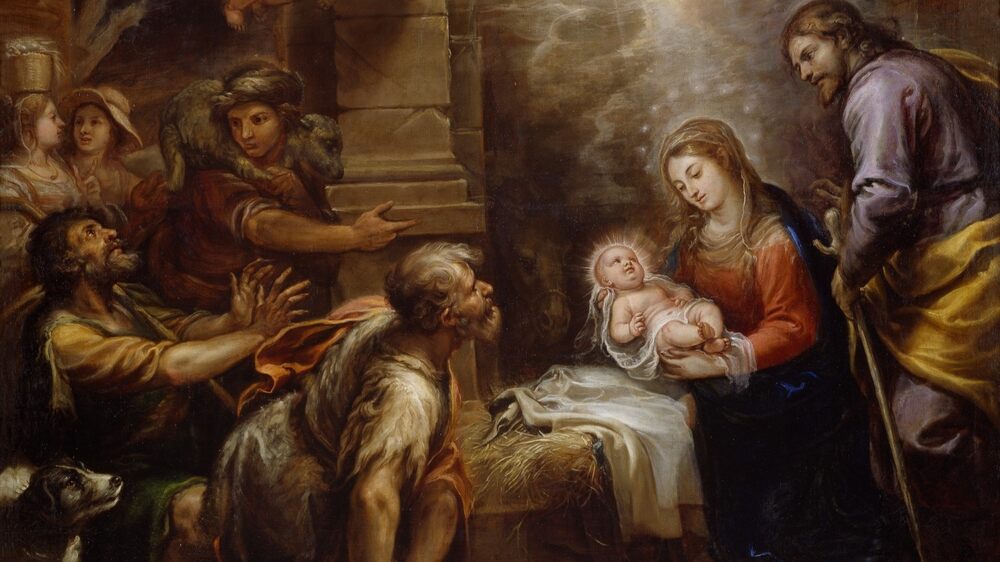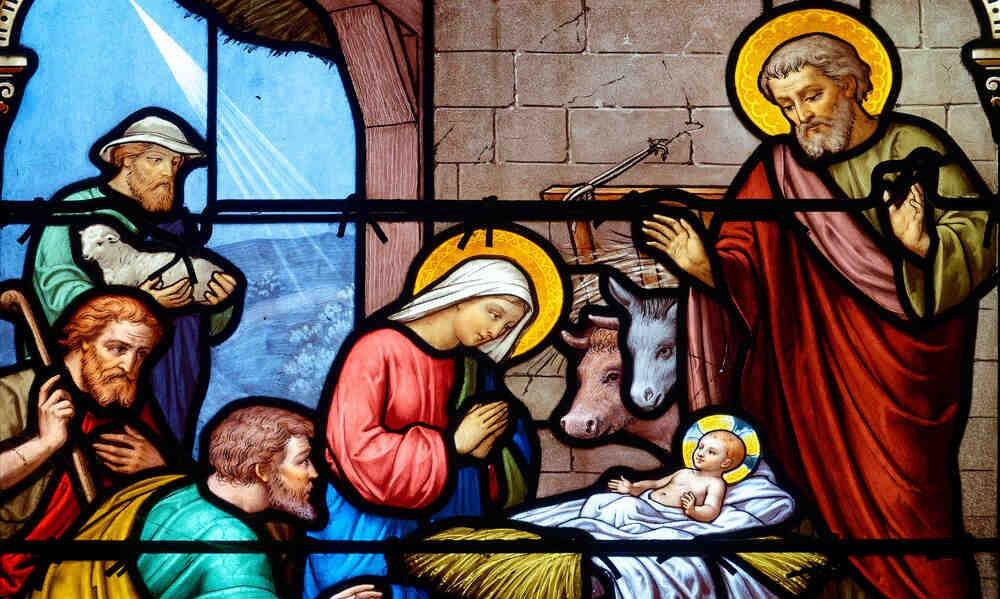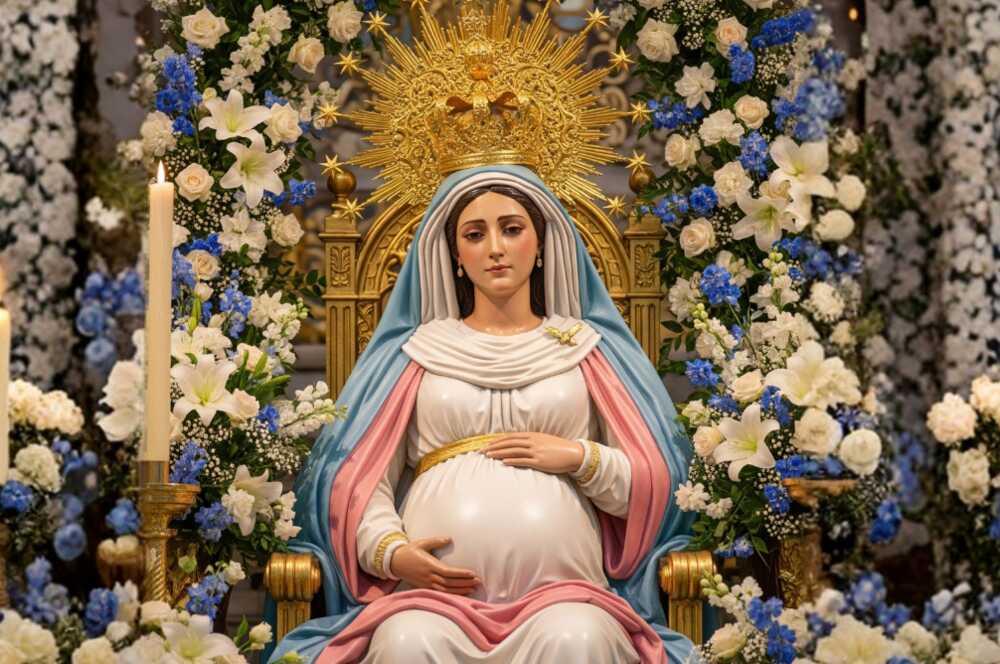In the broad landscape of Christianity, the Eastern Catholic Churches and the Orthodox Churches share deep historical roots and a rich spiritual heritage. Yet, they have followed opposite paths.
The Eastern Catholic Churches are those Christian communities of Eastern tradition that maintain full communion with the Bishop of Rome, the Pope. Therefore, they recognize his universal primacy.
On the other hand, the Orthodox—also known as Eastern or Byzantine Orthodox Churches—form a communion of self-governing (autocephalous) churches that do not accept the universal primacy of the Pope as understood by Rome. They see themselves as the continuation of the original Christian Church in the East.
Though at first glance they may seem very similar—and indeed share much of their history—Catholics and Orthodox do not practice or experience their faith in exactly the same way.
This article will explore the main similarities and differences between Eastern Catholics and Orthodox Christians.
You can use the Catholic Mass Times app to find the nearest Catholic church with Mass, Confession, and Adoration schedules. It will surely be useful! Download it now.
Common Roots between Catholics and Orthodox
Catholics and Orthodox share a common origin that goes back to the Twelve Apostles. These took the Gospel from the Eastern Mediterranean to the entire known world. Many patriarchates, both Catholic and Orthodox, claim a direct apostolic foundation.
The Ecumenical Councils
Doctrinally, both traditions accept the theological and canonical foundations established by the first seven Ecumenical Councils, held when the Church was still united.
These councils brought together bishops from across the known world to define the faith and resolve doctrinal disputes. The key councils shaping the common history of Catholics and Orthodox include:
- First Council of Nicaea (325):
Convened by Emperor Constantine, it affirmed that Jesus Christ is consubstantial with the Father (against Arianism), approved the Nicene Creed, and recognized a primacy of honor for the Bishop of Rome and the historical patriarchates (Rome, Alexandria, Antioch, Jerusalem).
- First Council of Constantinople (381)
Expanded the Creed by defining the divinity of the Holy Spirit. Confirmed the order of primacy: Rome first and Constantinople second, “because it is the new Rome.”
- Council of Ephesus (431)
Proclaimed the Virgin Mary as Theotokos (“Mother of God”), against the Nestorian heresy. Reaffirmed the unity of Christ as one divine person with two natures, human and divine.
- Council of Chalcedon (451)
Defined the doctrine of the two natures of Christ, “without confusion or division.”
This council led to a split with some Eastern churches (Coptic, Armenian, Syrian), which did not accept Chalcedon and formed the so-called non-Chalcedonian Oriental Orthodox Churches.
- II and III Council of Constantinople (553 and 680-681)
Further clarified the understanding of Christ’s two natures and wills.
- Second Council of Nicaea (787)
Restored the veneration of images (icons) against iconoclasm. It is the last council commonly accepted by Catholics and Byzantine Orthodox.
Doctrinal Similarities between Catholics and Orthodox
Because both Catholics and Orthodox accept these first seven councils, they share the same core beliefs about the nature of Christ and the Holy Trinity.
-
Holy Trinity
Both traditions profess one God in three distinct but equal Persons: Father, Son, and Holy Spirit. This belief is central to their faith and spirituality.
-
Jesus Christ
Both believe Jesus Christ is truly God and truly man—the Son of God who became man for humanity’s salvation. .
The resurrection of Christ on the third day forms the foundation of hope and salvation for believers.
-
Sacraments
Catholics and Orthodox share seven sacraments—Baptism, Chrismation (Confirmation), Eucharist, Confession, Anointing of the Sick, Holy Orders, and Marriage. In the East, these are often called “mysteries” to emphasize their divine and transformative nature.
-
Scripture and Tradition
Both Churches recognize Sacred Scripture as the written testimony of God’s revelation.
They also uphold Tradition, which includes the teachings of the Church Fathers, decisions of the ecumenical councils, liturgical practices, and lives of the saints.
The Holy Spirit works through both Scripture and Tradition.
-
Devotion to the Blessed Virgin and the saints
Both share deep devotion to the saints, especially the Virgin Mary, honored as Theotokos (Mother of God), and believe in her intercession.
Icons—sacred images—play a central role in spiritual life, seen as true “windows to the divine.”
The Great Schism of 1054
The split between Catholics and Orthodox was not sudden but the result of centuries of growing tensions.
It began in 395 AD, when Emperor Theodosius I divided the Roman Empire into two halves: the Western Latin-speaking half centered in Rome, and the Eastern Greek-speaking half centered in Constantinople, the “New Rome.”
Each half developed distinct cultures and priorities. The West, interacting with new peoples, adapted to a changing environment. The East, more stable and wealthy, cultivated a traditional and luxurious style. The Church did not escape these differences.
In Constantinople, the Byzantine emperor exercised significant influence over church affairs—a practice known as caesaropapism—that Rome rejected.
The Great Schism of 1054 was the culmination of this long estrangement. The papal legates and the Patriarch of Constantinople excommunicated each other, breaking Church unity.
Key causes included doctrinal disagreements about the Holy Spirit, papal authority, the use of icons, different types of bread for the Eucharist, and clerical celibacy.
Doctrinal Differences between Catholics and Orthodox
The main differences between Catholics and Orthodox do not lie in fundamental beliefs about God or Jesus Christ. Instead, they arise from doctrinal and moral definitions developed after the first seven councils, as well as church governance and certain liturgical practices that contributed to the schism.
Issues like the Filioque and papal authority, which we will explore, reflect different understandings of the Trinity’s internal relationship or Church governance, without affecting essential beliefs about the Holy Trinity or the person of Christ.
The Papal Primacy
The Catholic Church teaches that the Pope, as Bishop of Rome and successor of Saint Peter, holds universal jurisdiction over the entire Church,
In contrast, the Orthodox Churches do not accept the Pope’s universal jurisdiction. They regard the Bishop of Rome as holding a “primacy of honor” (primus inter pares—“first among equals”) among the patriarchs, but not as a supreme, universal authority over other patriarchates.
For the Orthodox, authority is shared among self-governing churches and their patriarchs, with decisions made collegially through councils.
The Filioque Clause
Catholics believe the Holy Spirit proceeds from the Father and the Son. The Latin Rite includes the Filioque (“and the Son”) in the Nicene-Constantinopolitan Creed.
Orthodox reject the addition of the Filioque, maintaining the original text that the Holy Spirit proceeds only from the Father. The Catholic Church clarifies this means “from one principle.”
They argue that the Father is the sole source of divinity within the Trinity, so adding the Son would imply two origins for the Spirit. The Orthodox see this as a theological error and an unauthorized alteration of an ecumenical creed.
Purgatory
The Catholic Church teaches Purgatory as a temporary state of purification after death for souls who die in God’s grace but are not yet perfectly purified.
These souls suffer to atone for the temporal punishment due to forgiven sins and to cleanse venial sins.
Orthodox do not have a formal doctrine of Purgatory as a distinct purifying fire
They reject the Western concept of purifying fire and indulgences as understood in Catholicism.
Original Sin vs. Ancestral Sin
Catholics teach that original sin is the deprivation of original holiness and justice inherited by all humanity due to Adam and Eve’s disobedience.
The Orthodox Churches prefer the term “ancestral sin”. They believe that humanity inherits the consequences of the sin of Adam and Eve, mainly death, corruption, and a fallen condition or disease of human nature, but not their personal guilt.
The Immaculate Conception
The Immaculate Conception is a Catholic dogma, defined in 1854, teaching that the Virgin Mary was preserved from all stain of original sin from the moment of her conception by a singular grace of God in view of Christ’s merits.
Orthodox venerate the Virgin Mary as Theotokos and believe in her exceptional purity and holiness.
Liturgical and Sacramental Variations
Eucharist
For consecration, the Catholic Church uses unleavened bread (hosts). Orthodox use leavened bread.
Catholics believe in transubstantiation, that is, the miracle by which bread and wine become the Body and Blood of Christ, with the substance changing but the accidents (appearance) remaining. The Orthodox Church accepts the real presence of Christ in the Eucharist, but does not use the term “transubstantiation” to explain this change. Considers that the way in which bread and wine become the body and blood of Christ is a mystery that cannot be fully explained.
Catholics typically give First Communion after children reach the age of reason, while Orthodox administer Communion to infants immediately after Baptism and Chrismation.
Finally, in the consecration, the Orthodox and Eastern Catholics focus on the epiclesis, that is, on the invocation of the Holy Spirit to ask for the transformation of bread and wine into the Body and Blood of Christ. For their part, Catholics emphasize the words of consecration.
Baptism and Chrismation/Confirmation
Catholic baptism is usually by pouring or sprinkling water on the head; Confirmation is typically administered later by a bishop.
Orthodox baptize by triple immersion of the whole body
Priestly Celibacy
The Latin Catholic Church requires celibacy for all aspirants to the priesthood. While, los Eastern Catholics and Orthodox allow married men to be ordained priests and deacons. But they must have married before ordination. However, bishops must be celibate and are usually chosen from among the monastic ranks.
Veneration of Icons and Statues
The Catholic Church uses both two-dimensional images (icons, paintings) and three-dimensional statues to inspire piety and venerate saints. Orthodox and Eastern Catholics prefer icons to images.
Liturgical Calendar
Catholics follow the Gregorian calendar, adopted in 1582. For their part, most Orthodox Churches continue to follow the Julian calendar, which is currently 13 days behind the Gregorian calendar.
This results in different dates for fixed holidays such as Christmas (January 7 for the Julian calendar) and Easter (which is calculated differently, often leading to different dates).
Beyond these technical differences, the Eastern tradition holds a unique liturgical beauty that is the heritage of all Christendom and is shared by both the Orthodox and Eastern Catholics. To delve deeper into how they celebrate their faith and the meaning of their symbols, we recommend exploring our article on 7 Keys to Understanding the Byzantine Rite.
Form of Government
The Catholic Church has a centralized, hierarchical structure under the universal primacy of the Pope.
The Orthodox model emphasizes conciliar and decentralized unity based on shared faith and sacraments among independent churches, many with ethnic foundations—Greek, Russian, Serbian, etc.
The Orthodox Church is a communion of distinct, independent, and autocephalous (self-governed) churches.
The Patriarch of Constantinople (Ecumenical Patriarch) is recognized as the “first among equals” (primus inter pares) among the Orthodox primates, holding a primacy of honor. But he has no direct authority over other autocephalous churches.
Some churches are “autonomous”, which means they have a degree of self-government. However, the confirmation or consecration of their primate depends on an autocephalous mother church.
Despite their administrative independence, these churches maintain doctrinal and sacramental unity. Each Orthodox Church recognizes the validity of the others.
Ecumenical Dialogue between Catholics and Orthodox
The path toward dialogue has been marked by attempts at union and deep resistance.
The Council of Florence (1438-1445) achieved agreements on issues like the Filioque and papal primacy but was rejected in Constantinople, largely due to opposition from figures like Mark of Ephesus and the difficulty of reconciling Western scholastic and Eastern patristic perspectives.
Subsequent experiences, such as the Union of Brest (1596), which gave rise to Eastern Catholic Churches such as the Ukrainian Greek Catholic Church, showed that reconciliation requires more than theological consensus. It also requires healing historical wounds and recognizing cultural sensitivities.
In modern times, Vatican II (1962-1965) opened a new chapter, describing the Church as a “mystery of communion” and setting a foundation for fraternal dialogue. A notable milestone was the Ravenna Document (2007), where Catholics and Orthodox recognized Rome’s “first place” in the first millennium and the Bishop of Rome as protos among patriarchs, though without agreement on the scope of his authority.
Historic gestures like the meeting between Pope Paul VI and Ecumenical Patriarch Athenagoras I in 1964—which culminated in the mutual lifting of the excommunications of 1054—ushered in a period of warmer relations and greater mutual understanding.
Today, both Churches recognize the validity of each other’s sacraments, reflecting a real spiritual unity, even if full institutional communion remains elusive.
Unity of Christians
Though the Great Schism fractured communion between Eastern and Western Christianity, the echo of Jesus’ prayer resonates powerfully in today’s ecumenical dialogues.
That all may be one, as you and I are one (17:21).
This prayer reminds us not only of the unity that existed in the early Church but calls urgently for future unity.
As we have seen, the Catholic and Orthodox Churches are not identical, but neither are they strangers. They share an invaluable spiritual and doctrinal treasure: a common faith, valid sacraments, and apostolic succession.
Differences over papal primacy, the Filioque, or liturgical practices, while significant, are points for fraternal dialogue—not insurmountable walls.
Progress in mutual understanding shows division can be overcome. The goal of unity is not uniformity, but full communion where each tradition can flourish with its unique richness.
Jesus’ prayer for unity invites us to look beyond historical and cultural differences to rediscover what unites us: one Lord, one faith, one baptism.
On this journey, every step toward understanding and forgiveness brings us closer to Christ’s desire, offering the world a more powerful witness of His love. Christian unity is not just a hope but a divine mandate—a living sign that God is present among us.
What are the Orthodox?
Orthodox are members of the Eastern Orthodox Churches, a communion of autocephalous (self-governed) churches that consider themselves the continuation of the early Christian Church. Their faith is based on the teachings of the first seven ecumenical councils. They do not recognize the authority of the Pope of the Catholic Church.
Who Founded the Orthodox?
The Orthodox Church was not founded by a single person at a specific time, but is considered the continuation of the early Church established by the apostles in the East.
Why Did the Orthodox Separate from the Catholic Church?
The separation between Orthodox and Catholics is mainly due to differences in the authority of the Pope, the addition of the Filioque clause to the Creed, and some liturgical practices.
How Do the Orthodox Elect Their Patriarchs?
The election of patriarchs in the Orthodox Church is carried out through a synod or council of bishops of the corresponding church. Each Orthodox church, being autocephalous (self-governed), has its own process for selecting its leader, known as patriarch, metropolitan, or archbishop. Often, the process involves the voting of bishops, sometimes with the participation of laity and clergy, to elect a candidate who is then enthroned.
When Do the Orthodox Celebrate Christmas and Easter?
The Orthodox use the old Julian calendar, so they celebrate Christmas on January 7. Easter is celebrated on the first Sunday after the first full moon that occurs after the spring equinox. The celebration must be after Jewish Passover (Pesach).
Can a Catholic Attend an Orthodox Mass?
Yes, a Catholic can attend an Orthodox liturgy. The Catholic Church recognizes the validity of the sacraments celebrated in the Orthodox Churches, which means that Orthodox Baptism, Confirmation, and Eucharist are considered valid. However, Catholics should not receive Holy Communion in an Orthodox church, as there is no full communion between the two Churches. The Orthodox, for their part, also do not allow Catholics to receive communion in their liturgical celebrations.

